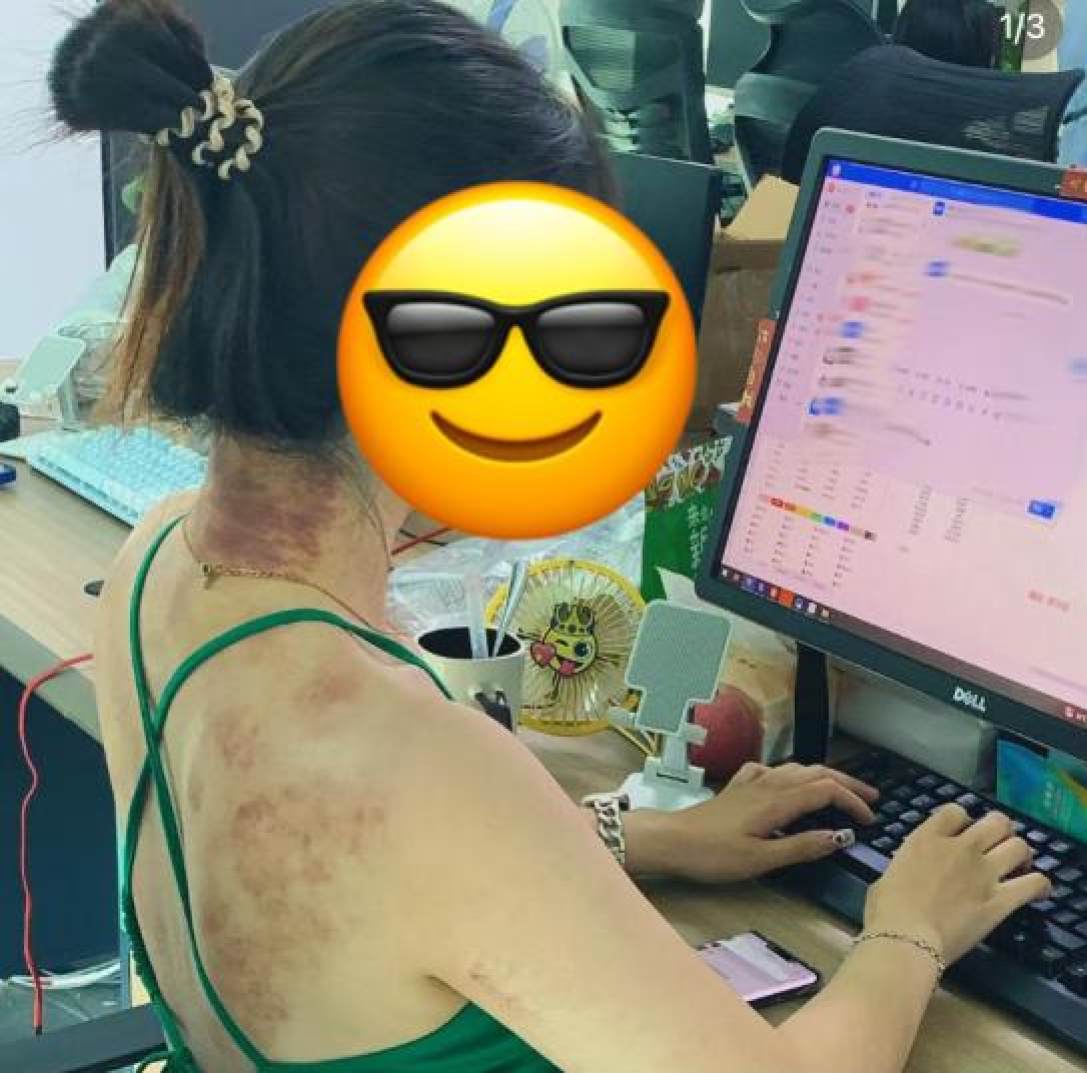The centuries-old traditional Chinese medicine scraping massage, gua sha, has become a fashion fad among young people on the mainland who show off the bruises it creates like tattoos.
On the mainland youth lifestyle social media platform, Xiaohongshu, a young woman using the account name @huahuacloris posted portraits of herself wearing a camisole, showing her bruises and describing them as “cool”.
She is just one of many who have embraced gua sha as an efficient way to alleviate muscle pains and fatigue.
The latest renaissance of the practice follows a TikTok fad of a few years ago when it was seen as a way to reduce wrinkles and get rid of double chins.
On Xiaohongshu, the hashtag #guasha has attracted 180 million views.

Many shared their gua sha experiences and tips, such as using homemade scraping tools and different meridians on the body to combat fatigue.
Translated from jing mai in Chinese, the meridians refer to paths through which the life energy flows in the body and to organs.
The practice, also known as scraping and coining, is a form of traditional Chinese massage that uses a small and flat tool to scrape the surface of skin along the meridians, leaving red bruising as a sign of released toxins.
The folk treatment that originated in ancient China has enjoyed huge popularity among the older generation.
Along with cupping, another healing art that involves applying suction cups to the skin, gua sha sessions at clinics, costing a few dozen yuan in Beijing and Shanghai, are increasingly being used by people as a leisure pastime.
The treatment is used for conditions considered not serious enough to go to hospital, according to an article in the mainland magazine Sanlian Life Lab.
Some describe gua sha as “the Chinese way to cure the stress from the workplace” saying the pain and tears a session brings are more pleasurable than parties or a weekend at the seaside.

Young people who master the practice provide treatment to themselves or friends using almost any tools at hand, such as spoons, rings, drink cans and laptop adapter hubs.
A doctor at the First Affiliated Hospital of Guangzhou University of Chinese Medicine, Zhang Jing, told the People’s Daily that autumn is the best time of year for gua sha, as it helps release heat and dampness that accumulates in the body during spring and summer.
Zhang suggested mild scraping on the back, chest and right arm to reconcile the body’s energy and maintain healthy organs.
